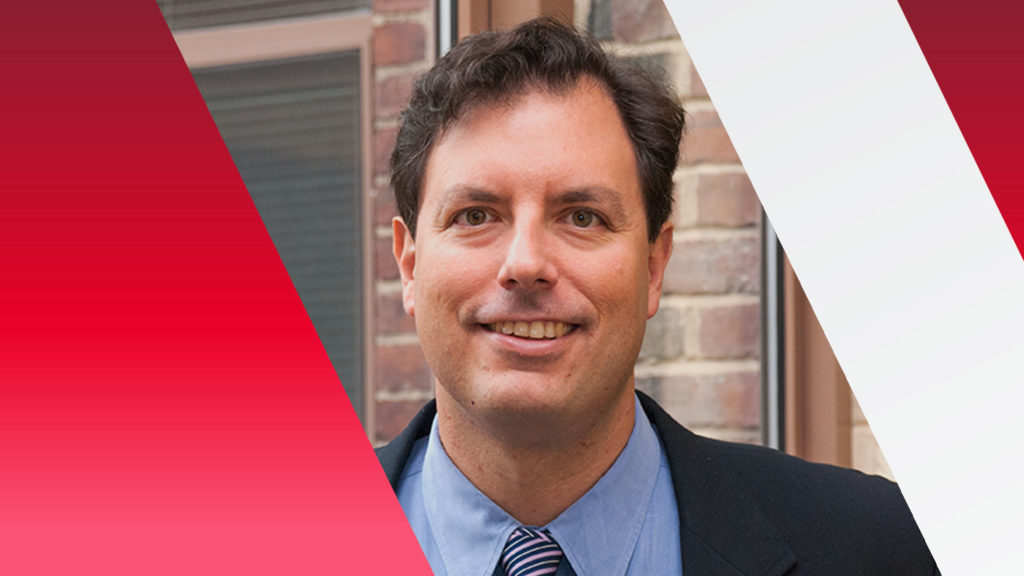
An ambitious, 10-pronged reform package that includes cash infusions and regulatory fixes is needed to head off another COVID-scale tragedy in long-term care, according to two leading healthcare researchers.
Paying higher wages for direct care workers, adopting meaningful regulatory reform, increasing the presence of advanced practice clinicians in skilled nursing facilities, and realigning Medicare and Medicaid rates are among key proposals in a 26-page paper authored by Harvard healthcare policy expert David Grabowski, Ph.D., and Brian E. McGarry, Ph.D., assistant professor of medicine at the University of Rochester.
The paper also explores causes and complications that fueled U.S. nursing homes’ COVID-19 crisis. It went live Tuesday in a special issue of the Annals of the American Academy of Political and Social Science.
In both the paper and an interview with McKnight’s Wednesday, Grabowski conceded many of the measures he sees as critical to ensuring access and quality of care won’t be easy to achieve.
“Not everything has to be done tomorrow, but I do think that all of these things really have to be done,” he said. “The types of issues that we can take on in the short term, I would focus on staffing first and foremost….But if we’re going to change how we pay nursing homes, for example, or think about some sort of overhaul of our regulator framework, those are going to take more time.”
“In terms of finding the dollars, the political will, I don’t think that we’re there yet as a country, but I hope COVID has pushed us further,” Grabowski added.
Pay staff first
Increasing wages for direct care staff and ensuring minimum staffing requirements are among Grabowski’s first recommendations. He calls for an infusion of federal dollars that nursing home operators would have to spend on wages or other staff benefits.
That method could get around consumer reform advocates’ concerns about increased private ownership within the sector and the possibility that “bad actors” have not spent a large share of their revenues on improving and innovating care quality.
Although providers have pushed back against minimum staffing rules in recent months due to the unprecedented workforce shortage, McGarry and Grabowski said adding workers and stabilizing staff within buildings is critical. They pointed to previous studies that showed higher-staffed nursing homes had fewer COVID-19 cases and that relying on fewer part-time and agency workers to fill shifts reduced risk of COVID cases and deaths.
They also called for more physicians, physician assistants and nurse practitioners to work routinely in long-term care settings, either through new risk-bearing models or virtually through telehealth. Staff trained in geriatrics would help integrate medical and personal care needed by long-stay residents; advanced knowledge and connections to other healthcare organizations could make operators better prepared to handle other infectious agents.
Revamp federal payment, regulation
Among the more complicated proposals: rebalancing Medicare and Medicaid payment rates to “incentivize” nursing homes to focus on caring for long-stay residents and not just pursue rehab patients for financial viability.
“Higher Medicaid payments could also encourage greater competition between facilities for new long-stay residents, leading to greater investments in private rooms, a more home-like setting and high-quality staff,” the researchers wrote.
While proposing a budget-neutral approach, the authors suggested the best way to realign rates would be to bring both arms of coverage under the umbrella of the federal government. That could mean adding long-term care benefits to the Medicare program, carving those benefits out from state-run Medicaid or developing an alternate model.
Another option would be to revisit an approach like the Boren Amendment — which required states’ Medicaid nursing home rates be “reasonable and adequate” — but to give it more teeth.
The pair also propose regulatory reform that would shift “away from tracking minor infractions unrelated to direct care to identifying and quickly correcting major threats to patients safety, including infection control.” That information would increase quality transparency and better inform consumers, who may be less interested in how many sprinklers a building has than whether the food is highly rated, the authors maintain.
Rounding out the 10-point plan are: increasing financial and ownership transparency; bolstering alternate models of nursing care, including the small house model; increasing use of home- and community-based services while ensuring the future viability of skilled nursing care; and offering better long-term care financing as a nation.
“The preventable loss of more than 7 percent of the long-term care resident population demands deep reflection and a comprehensive response,” Grabowski and McGarry wrote. “We believe that the scope of the issues facing nursing homes are broad enough to warrant an ‘all of the above’ approach. The COVID-19 pandemic has made plain that the status quo for nursing homes is untenable.”



